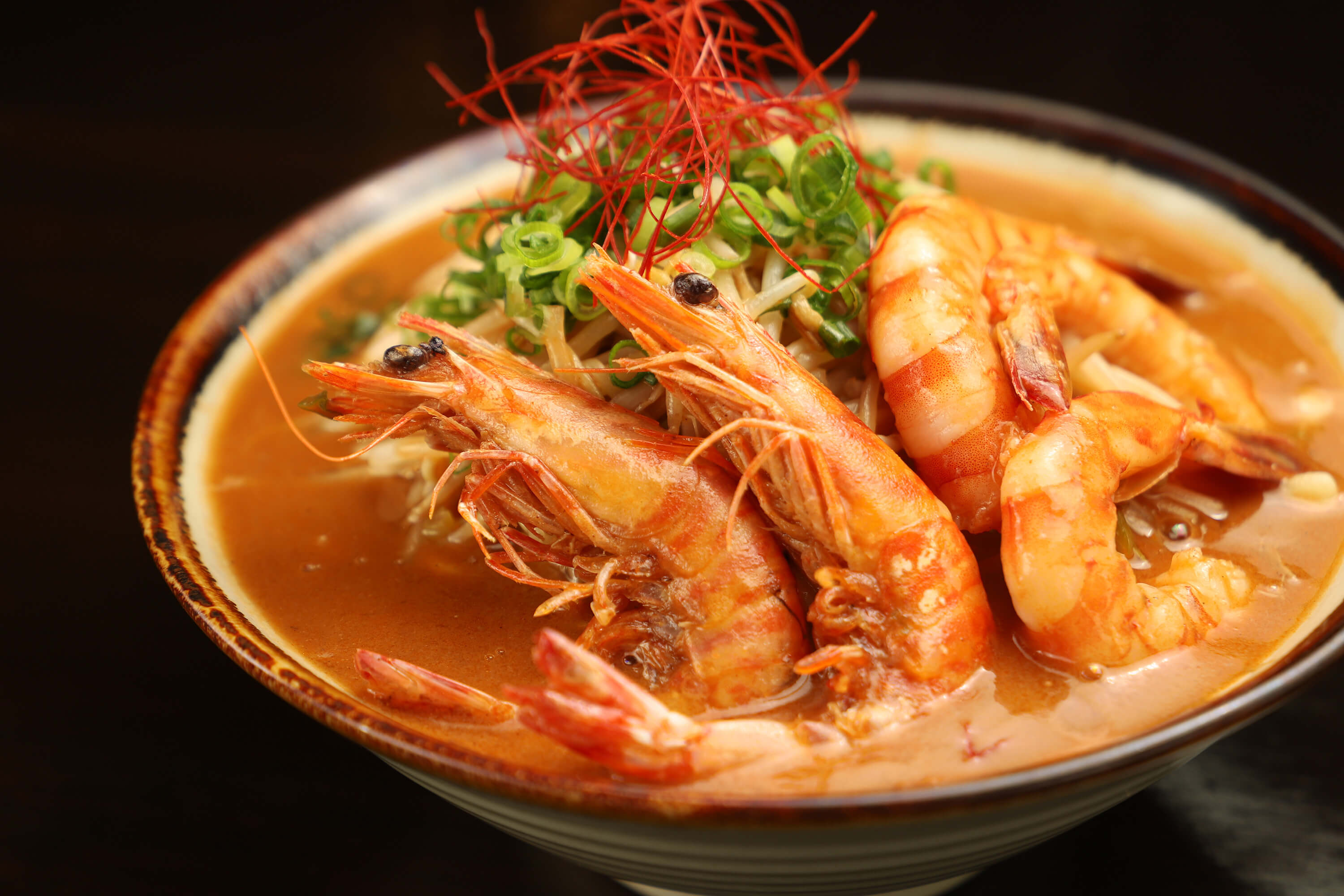FM Kumejima
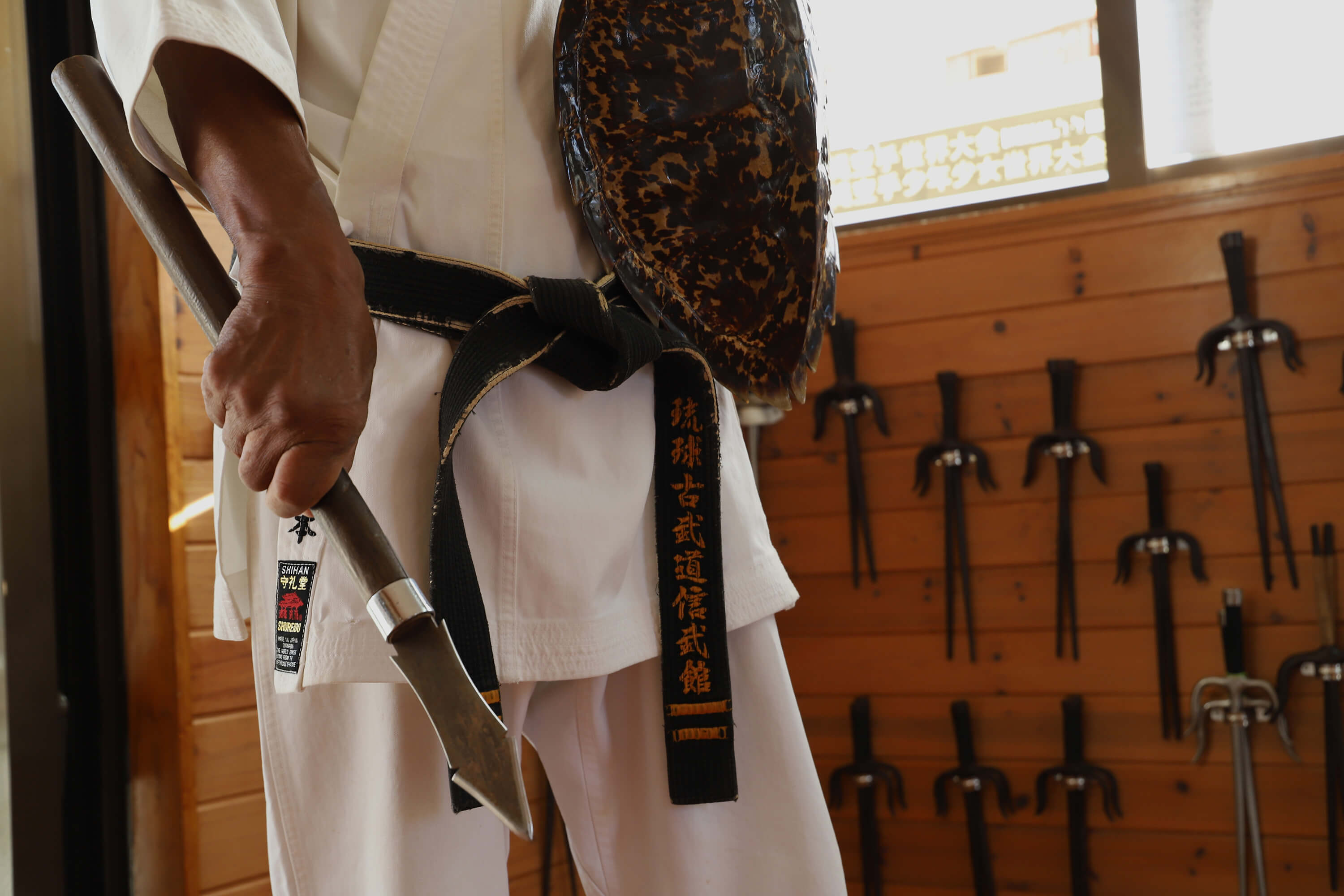
Ancient Okinawan martial arts with weapons using a variety of weapons to practice kata
Surrounded by beautiful coral reefs, about 100 km west of the main island of Okinawa and a 30-minute flight away, Kume Island is the birthplace of the master of Ryukyu kobudo, Shinken Taira. After practicing karate in his twenties, Shinken Taira also practiced Ryukyu kobujutsu, and established the Ryukyu Kobudo Preservation and Promotion Association in 1940 to become its chairman. He devoted his life to the study, popularization, and development of Ryukyu kobudo.
Ryukyu kobudo is an ancient Okinawan martial arts with weapons using a variety of weapons to practice kata (form). These weapons are derived from daily necessities and farming tools, and came to be used as practical weapons that unify offense and defense. In addition to sticks and nunchaku, Shinken Taira has preserved and left 42 types of traditional Okinawan weapons, including a pair of arms consisting of a tinbe (shield) and a rochin (pike), and a tonfa, a short stick with a handle. A monument honoring Shinken Taira’s achievements has been erected near the ruins of Tonnaha Castle in Kume Island.
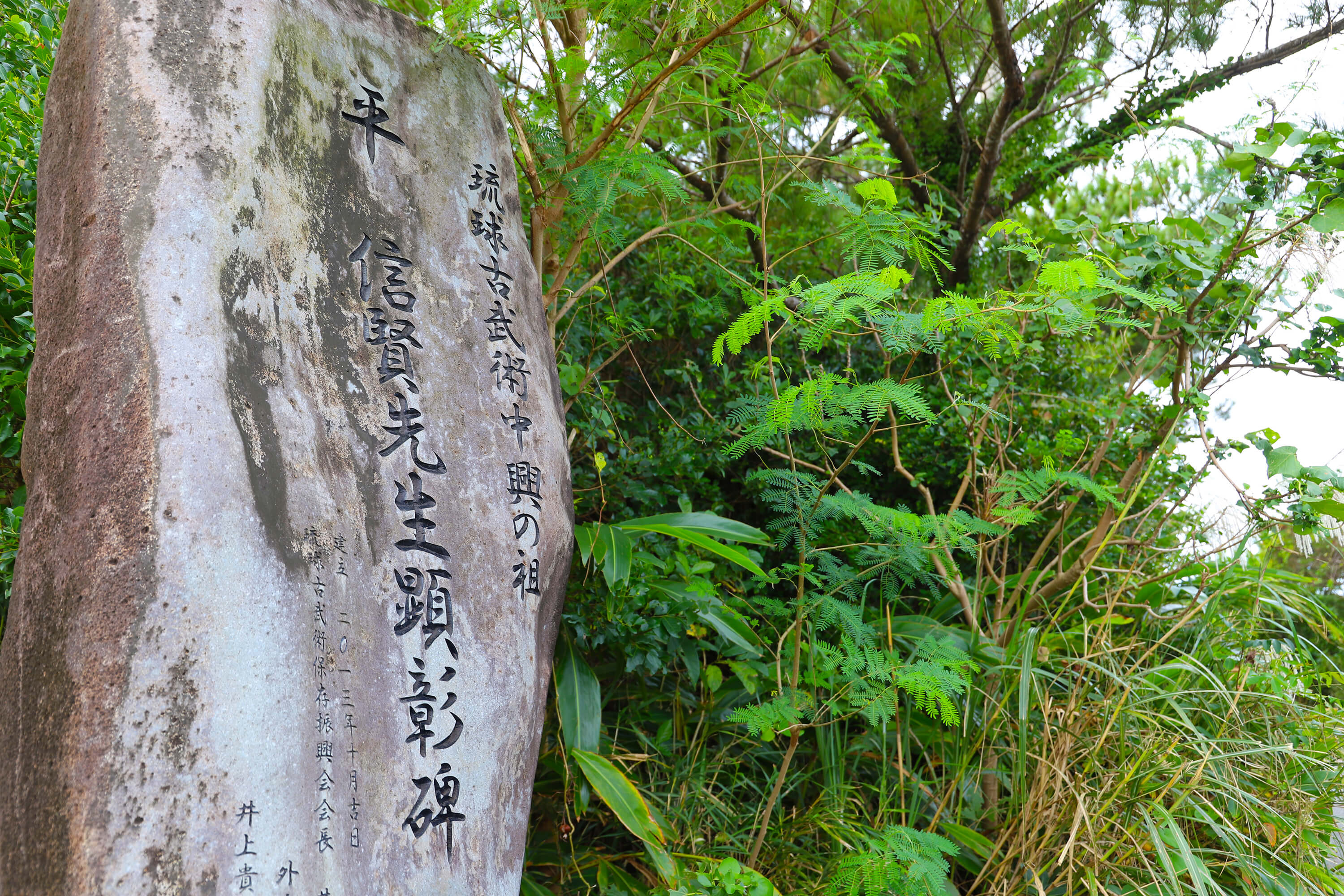
Ryukyu kobudo experience at scenic spots
The Ryukyu kobudo experience on Kume Island is held at scenic spots such as the ruins of Tonnaha Castle so that you can feel the nature and wind of the island with your whole body.
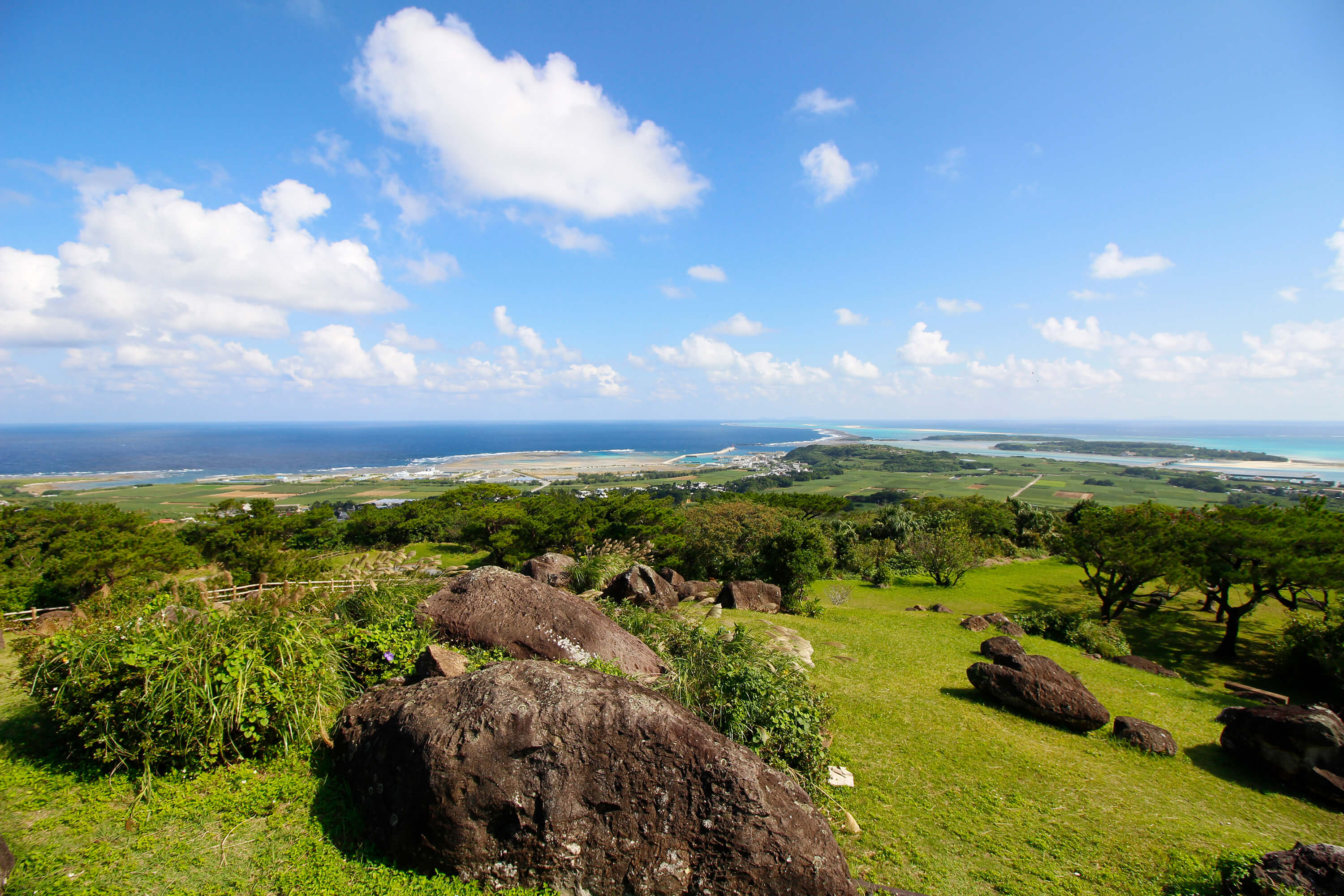
The instructor is Kagemasa Yoshimoto of Yoshimoto Dojo, which teaches Okinawa Kobayashiryu karate with a focus on Ryukyu kobudo. He teaches the basic movements of Ryukyu kobudo through practice.
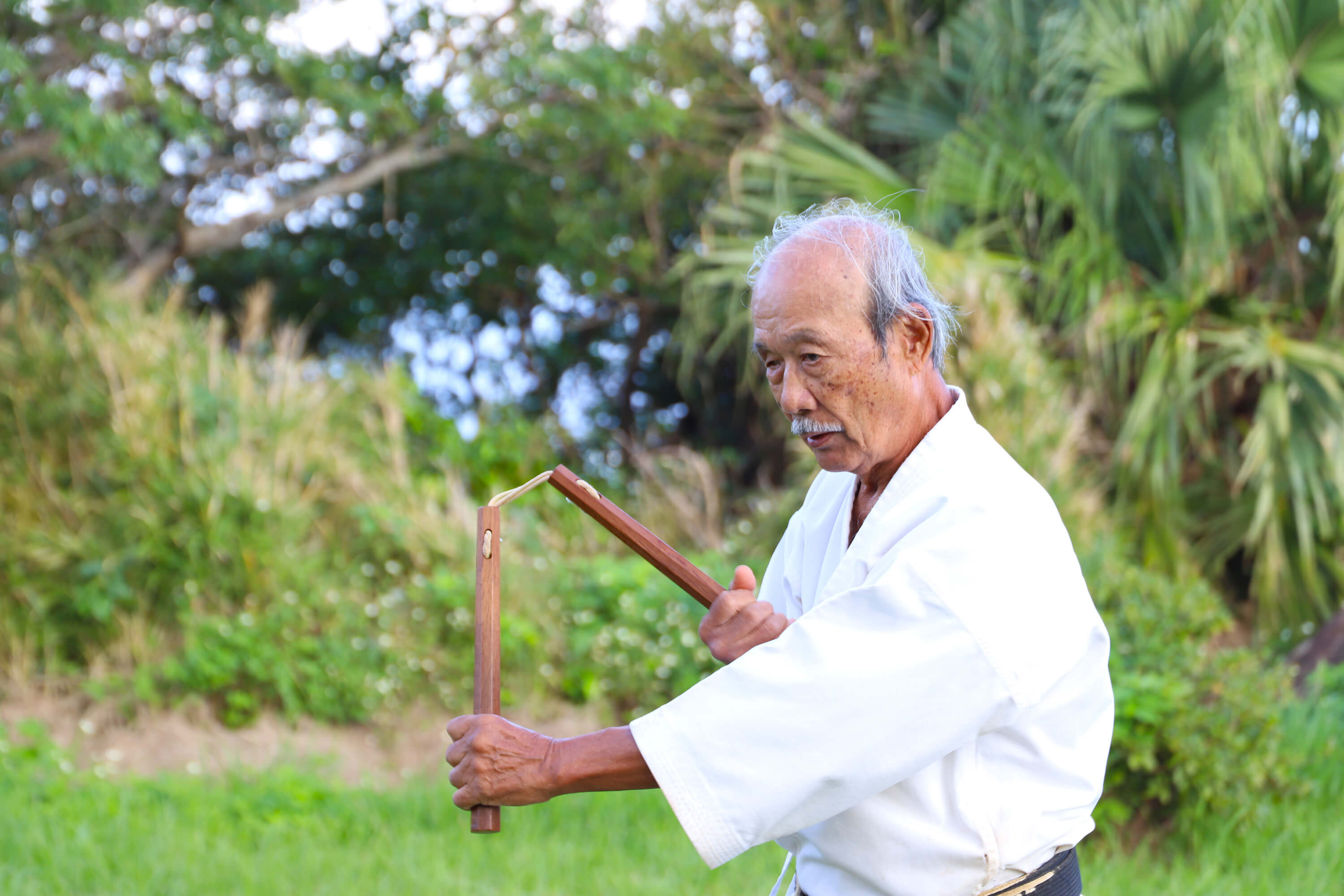
Listening to explanations on various weapons and using weapons that you would not normally have in your hands, this program is a valuable experience to learn Ryukyu kobudo from the ground up. You can stretch and move your body outdoors and concentrate more.

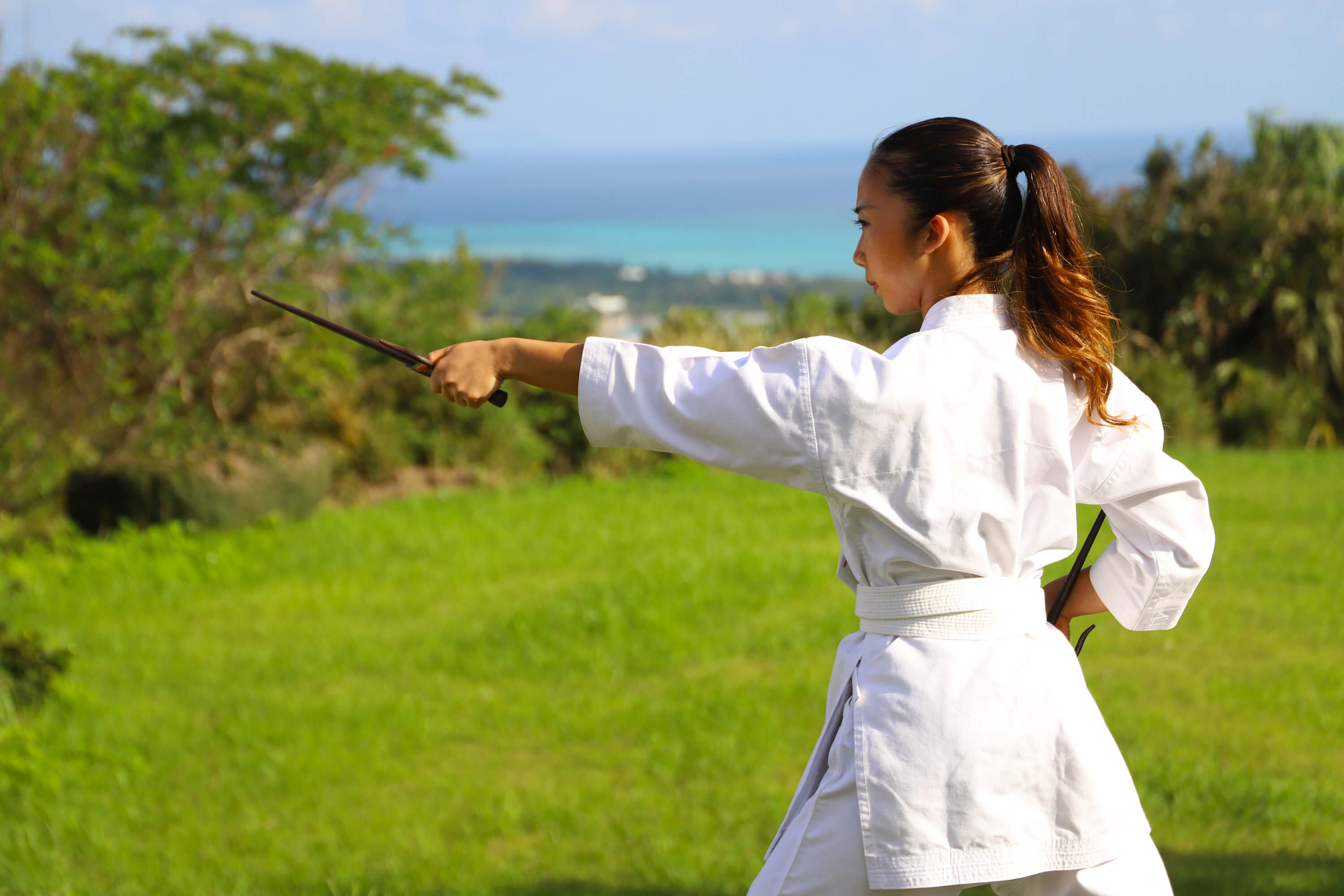
Also, a morning yoga experience is recommended on Kume Island. You can feel the five senses being sharpened by the sun rising from the horizon and the sound of the waves.
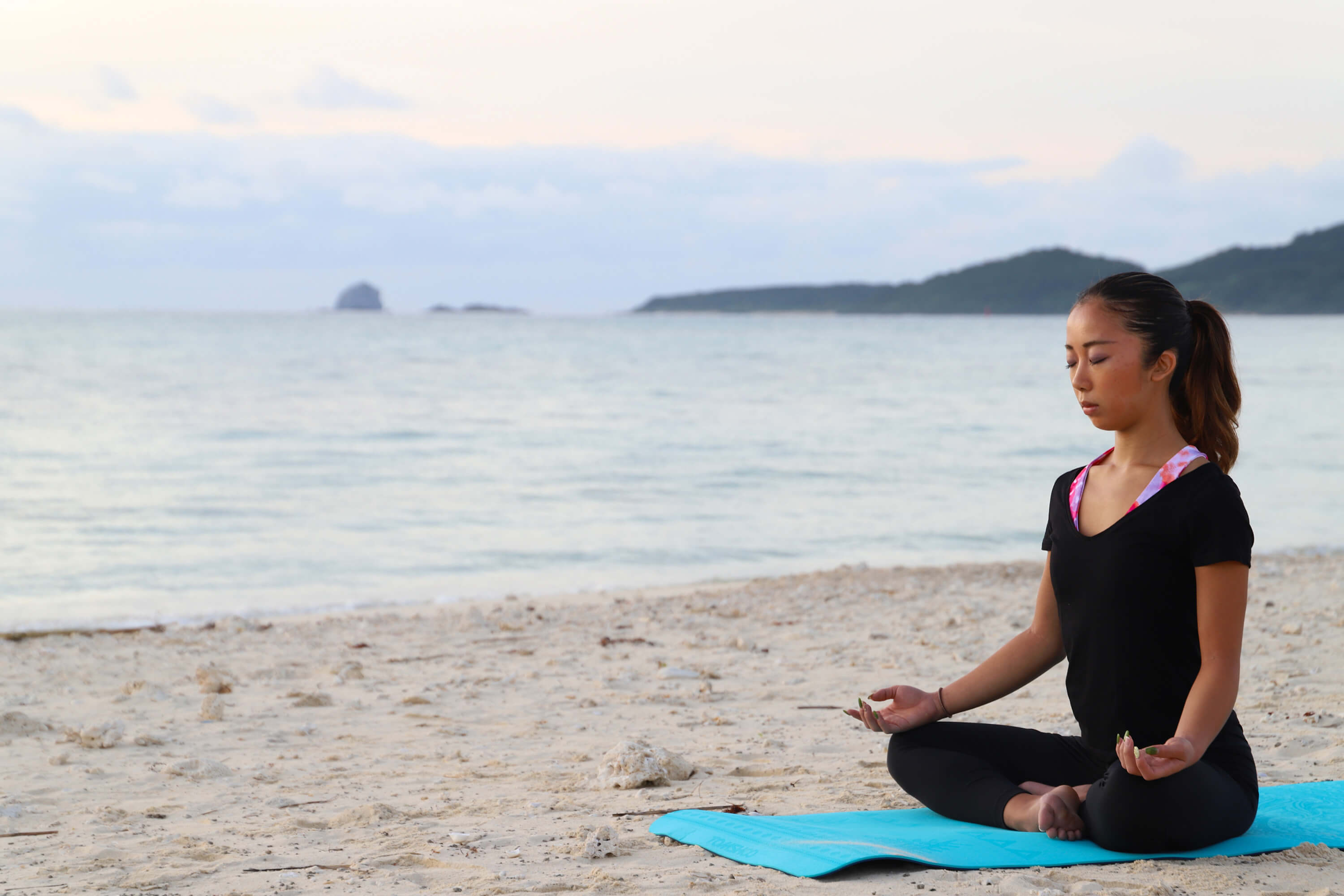
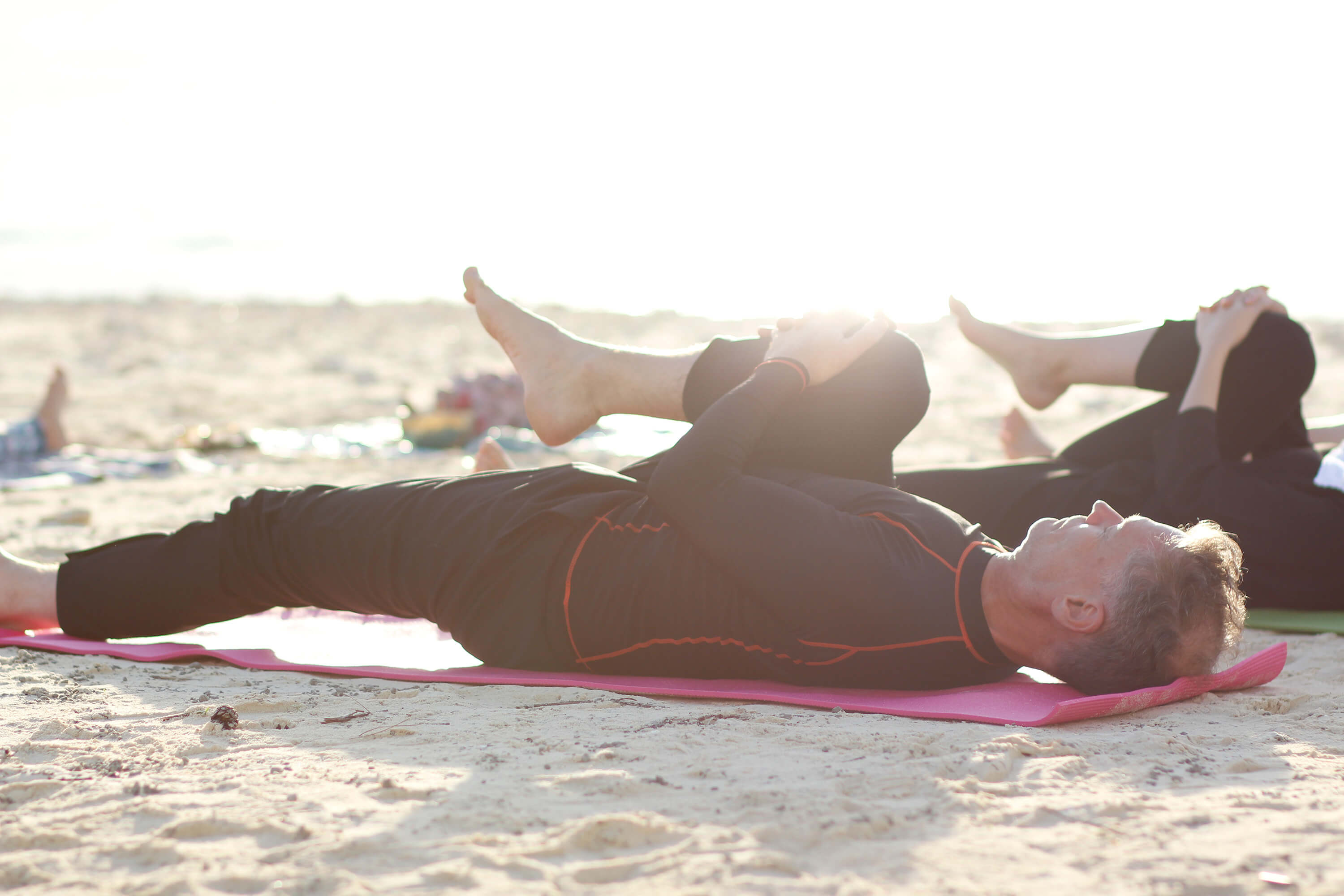
Sightseeing on Kume Island with outstanding viewpoints
Some castle ruins remain on Kume Island. Among them, the Uegusuku Castle ruins, located on the peak of Mt. Uegusuku at an altitude of about 310 m, make up the highest castle in Okinawa Prefecture. You can see almost the entire island with a 360 degree panoramic view. The ruins of Gushikawa Castle are said to have been built in the early 15th century and are located on a limestone hill facing the sea.
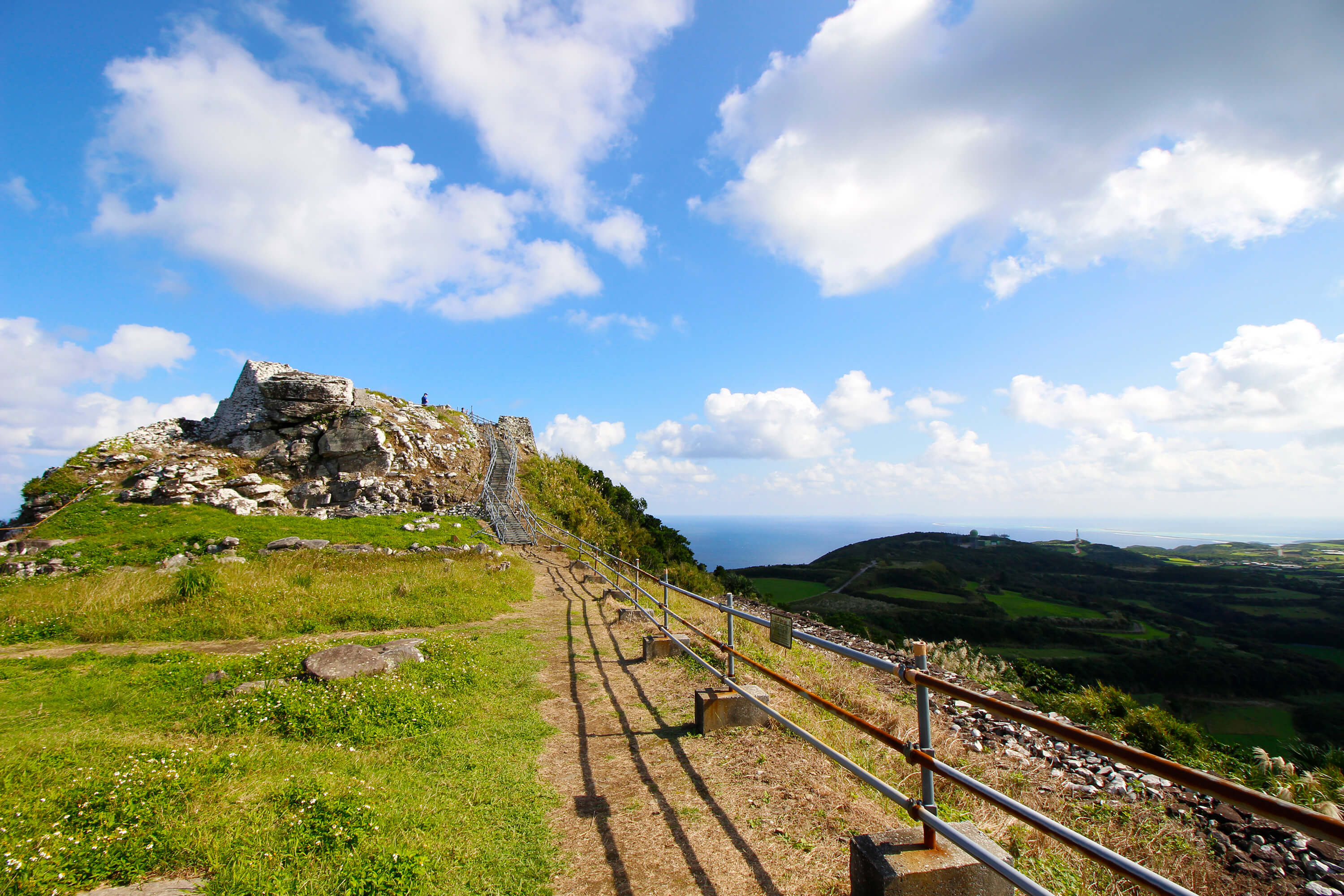
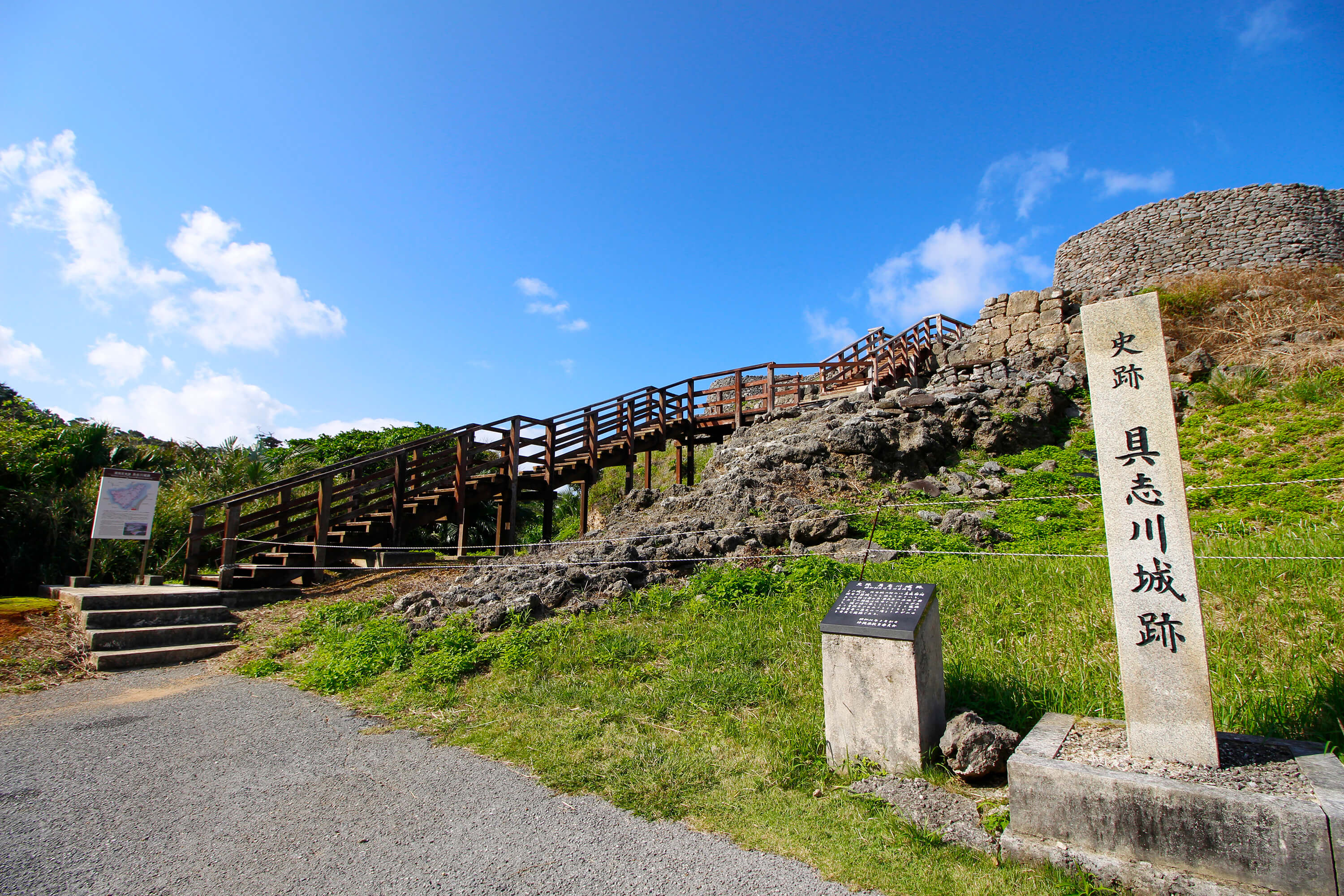
Near the ruins of Gushikawa Castle, there is Mifuga, a huge rock wall of more than 20 meters. It is a spiritual spot in Kume Island where women are said to be blessed with a child if they worship it.
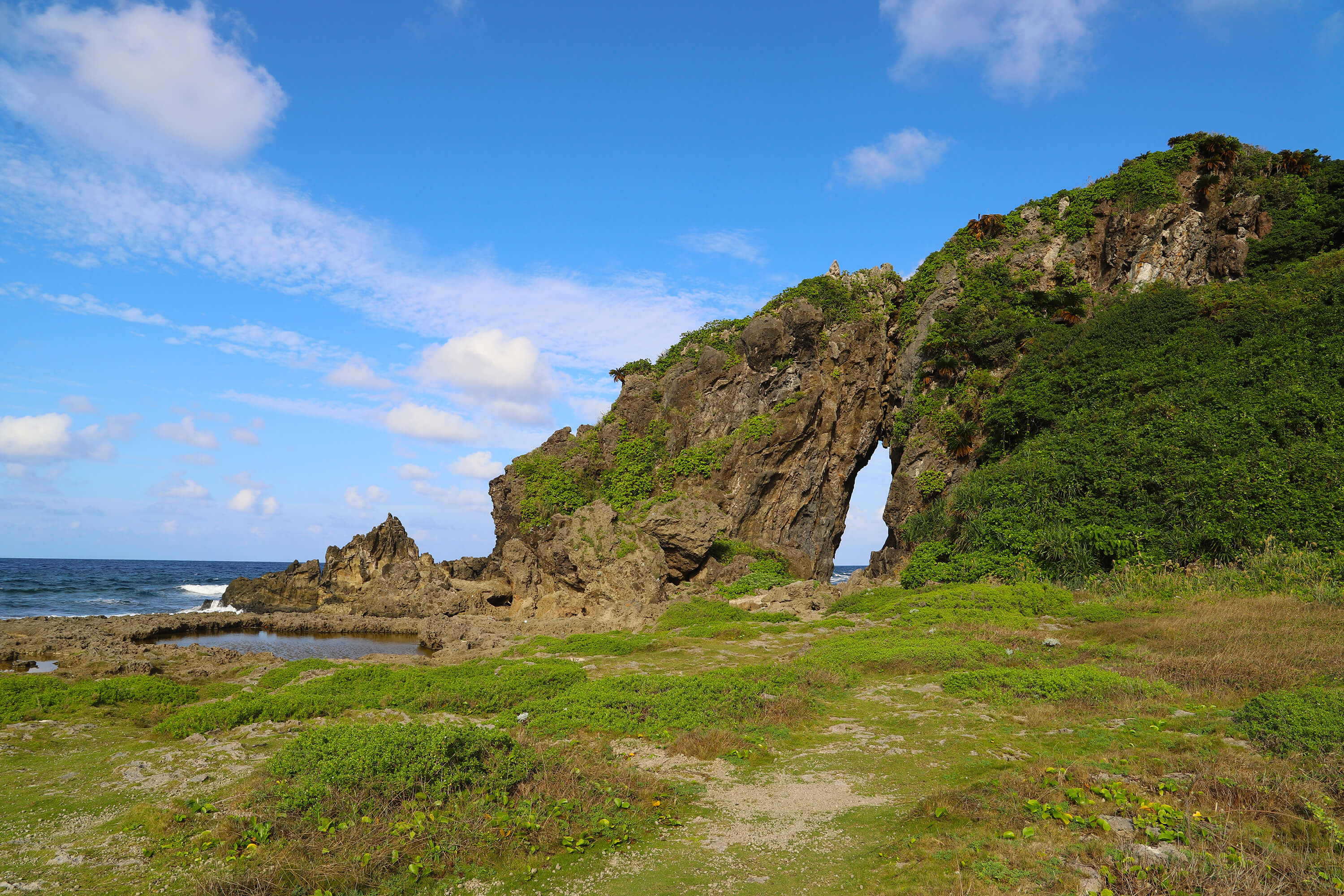
Tatamiishi, designated as a national natural treasure, is a rock created by nature that is rare in the world. It was formed about 6 million years ago when the magma of andesite cooled and hardened underground near the bottom of the sea. The transparency of the surrounding sea is exceptional, and this is a spot where you will want to forget about the time.
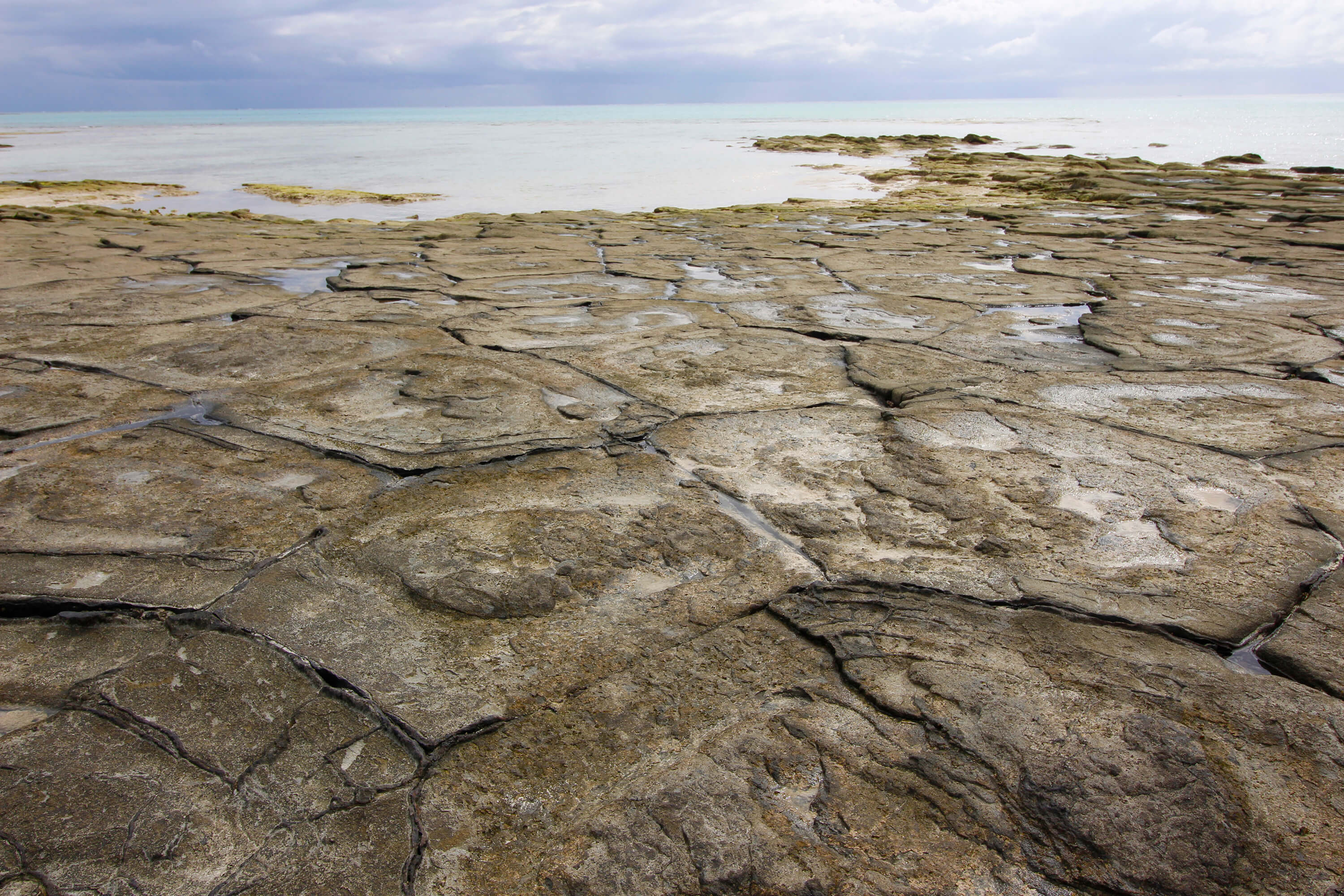
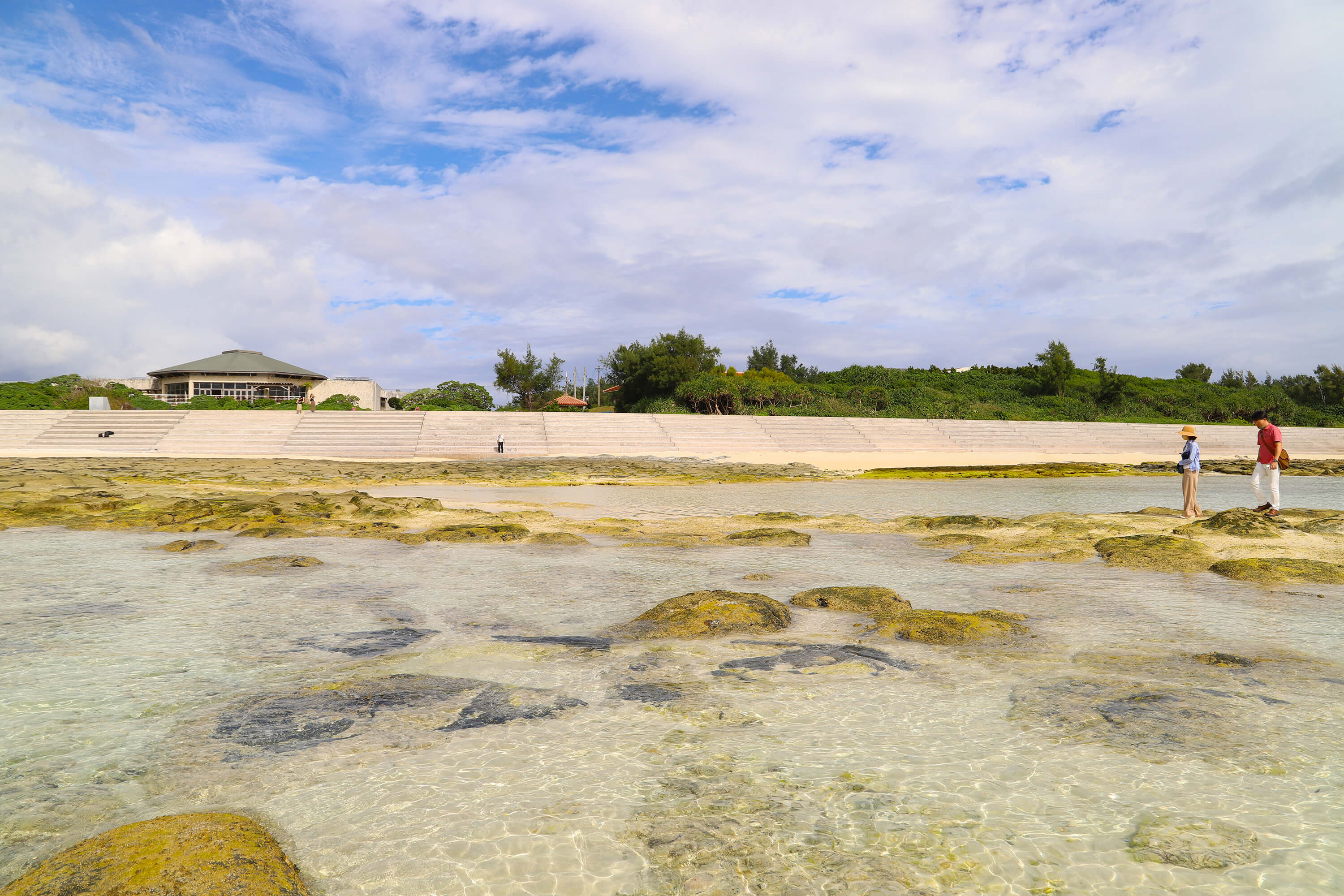
Sea grapes and tiger prawns are the best in Japan! Kume Island gourmet
The popular sea grapes come from Okinawa, and Kume Island boasts the largest production in Japan. Sea grapes, a kind of seaweed, are characterized by a small, round, bubble-popping texture on the stem. Kume Island’s sea grapes are cultured using deep ocean water taken from a depth of 612 meters. Of course it is delicious as it is, but you can enjoy various sea grape dishes such as omelet with sea grapes at Nanto Shokurakuen.
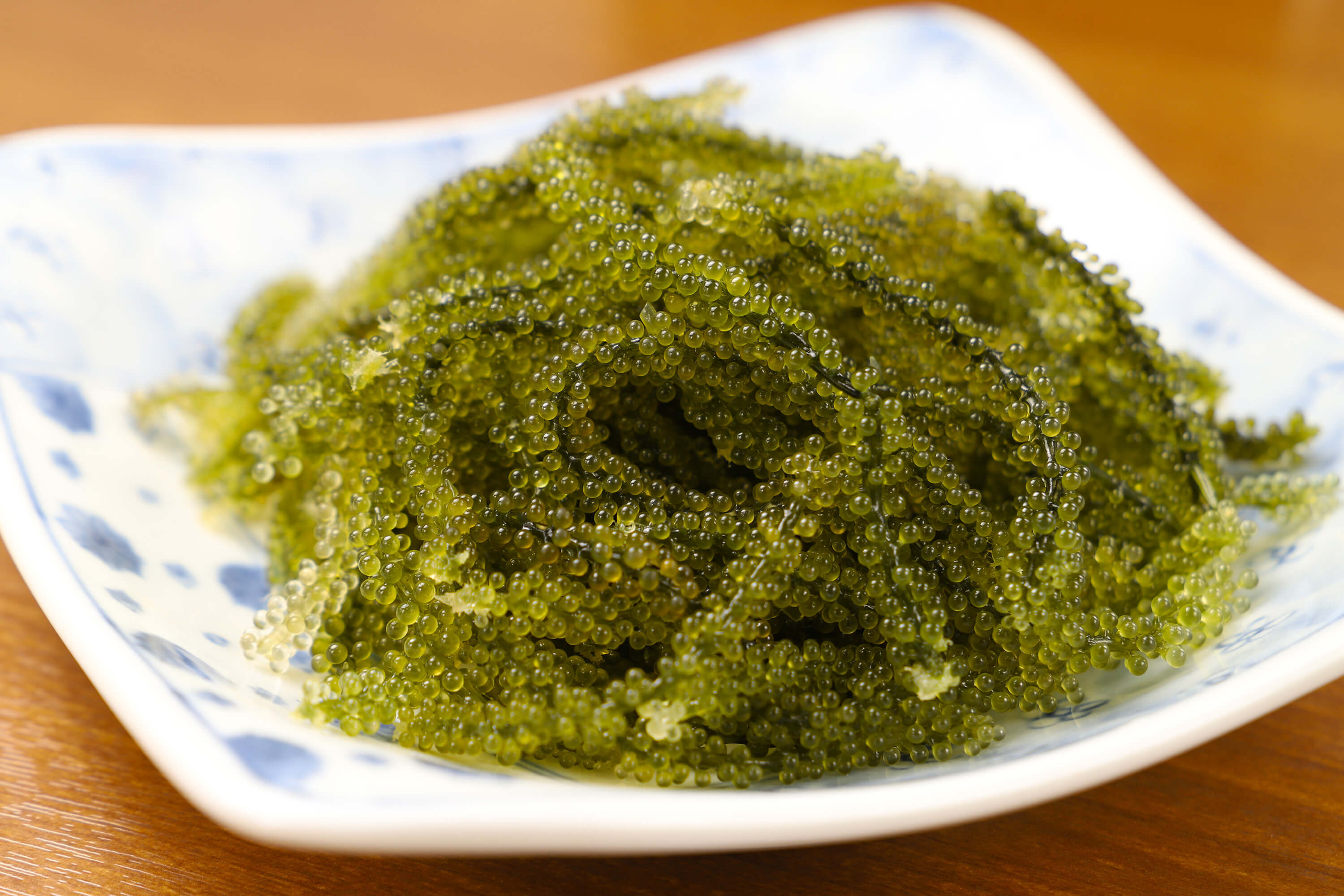
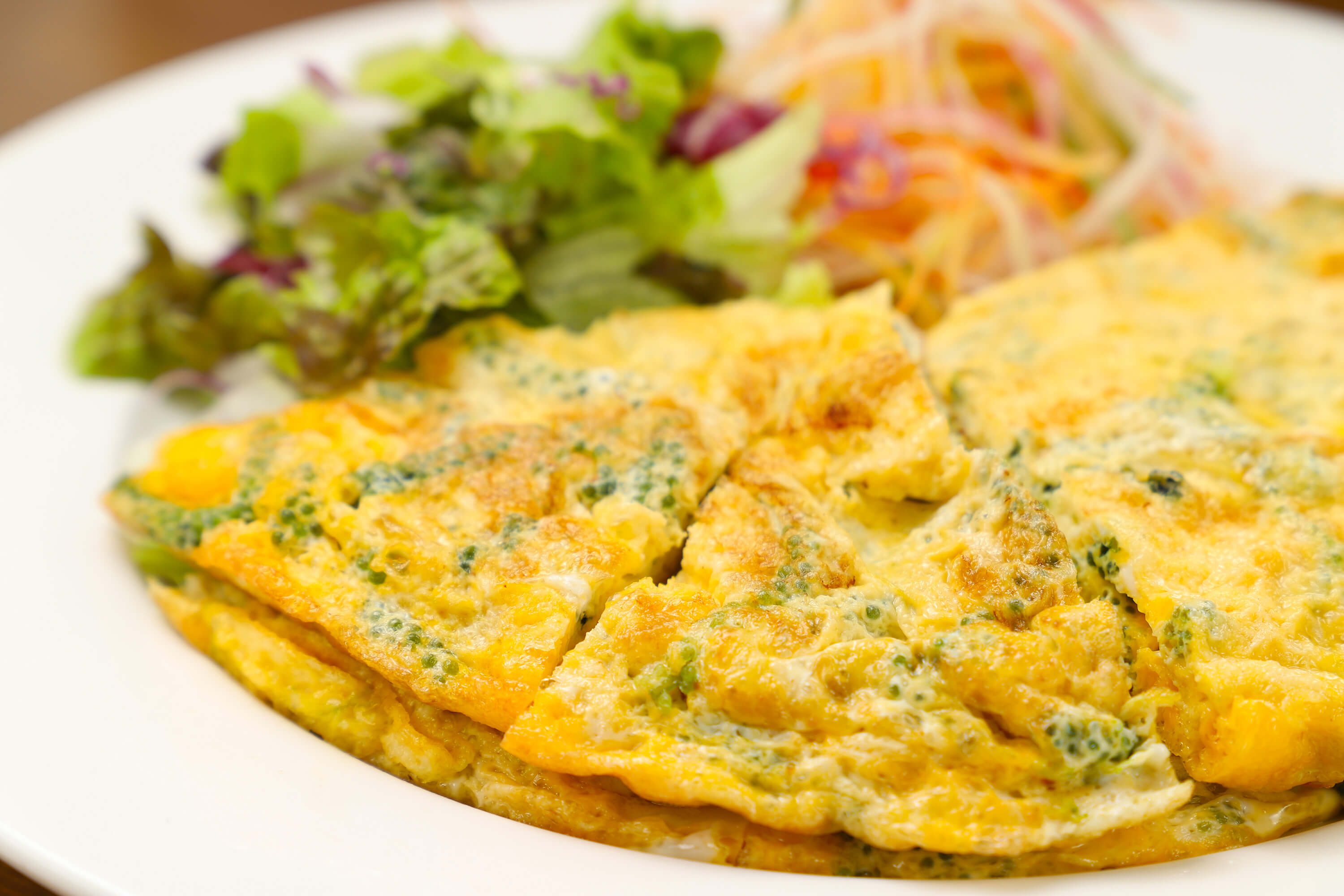
Kume Island also produces the largest amount of tiger prawns in Japan. The fresh and sweet tiger prawns can be eaten in various ways such as grilled with salt, deep-fried, and as tempura. At Yukuidokoro Washima, you can eat tiger prawn soba whose soup stock is made from tiger prawns. All of these are local dishes that you can enjoy only on Kume Island.
